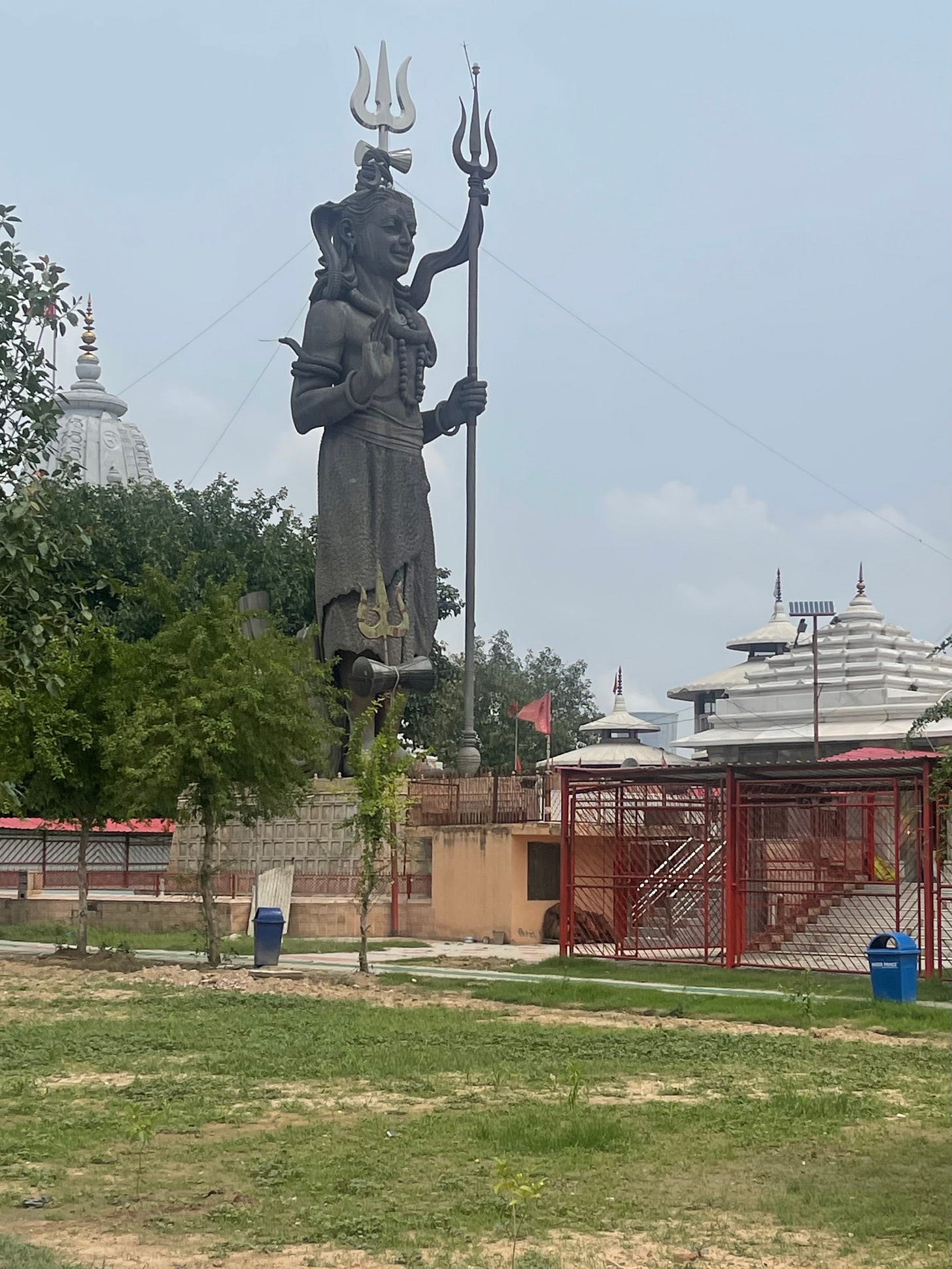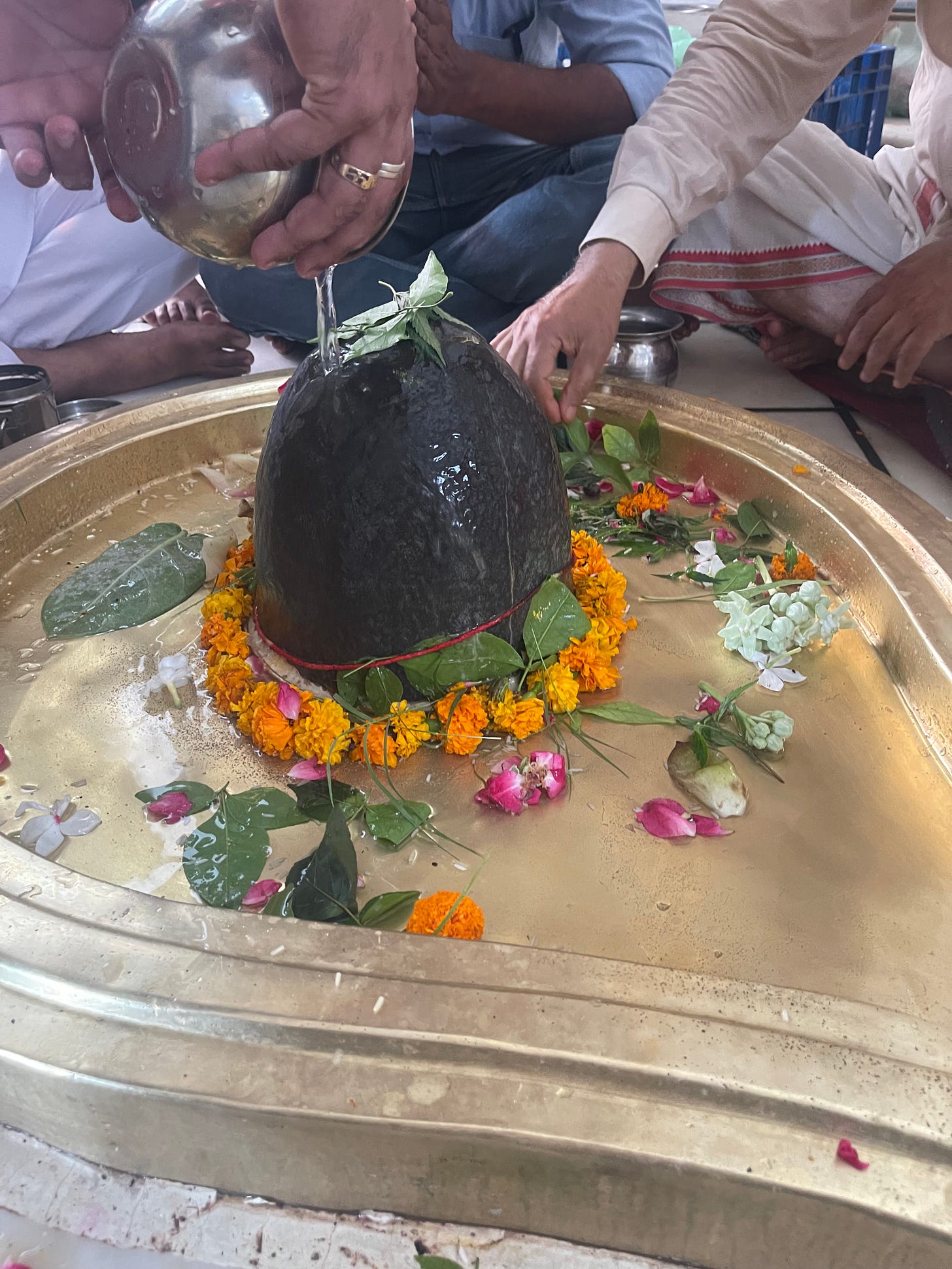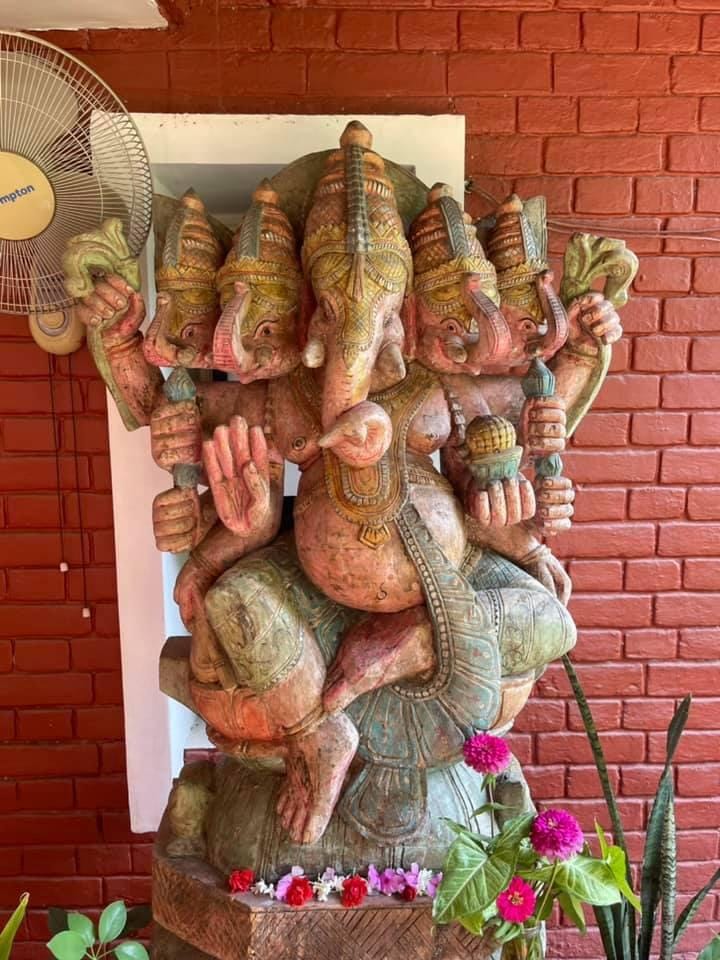The Auspicious Night of Shiva: Understanding Mahashivratri
The Day of Marriage with Goddess Parvati.
The Morn of Mahashivratri Day
As dawn ushers in the revered night of Mahashivratri on the 8th and 9th of March this year, millions across India and beyond ready themselves for a celebration steeped in devotion and sanctity. Mahashivratri, a cornerstone of the Indian cultural and spiritual mosaic, is dedicated to Lord Shiva, the deity of destruction and rejuvenation within the Hindu Trimurti. This festival, aptly named "the great night of Shiva," is not merely an event but a profound spiritual journey that beckons the devout and the seekers alike to transcend the confines of ignorance and embrace the luminosity of enlightenment.
The Quintessence of Mahashivratri
A Celestial Alignment
On Mahashivratri, a unique celestial alignment occurs, believed to elevate the spiritual vibration of the Earth, making it a night of unparalleled spiritual significance. This period of cosmic benevolence is seen as an opportune moment for devotees to realign with the higher dimensions of consciousness and spiritual awakening.
Commemorating the Cosmic Dance
The festival also celebrates the Nataraja form of Lord Shiva, the cosmic dancer who performs the Ananda Tandava—the dance of bliss that symbolizes the cosmic cycles of creation and dissolution. This dance, symbolic of life’s rhythmic ebb and flow, encourages a reflection on the transient nature of existence, urging us to find the eternal essence that lies beyond.
Marriage with Goddess Parvati
One of the many beliefs surrounding Mahashivratri is that it marks the day when Lord Shiva married Goddess Parvati. This union is celebrated as a symbol of the ultimate harmony and balance between the masculine and feminine energies of the universe, encapsulating the merging of power and beauty, destruction and creation, and transcendence and immanence. The marriage of Lord Shiva and Parvati holds immense significance in Hindu belief system, representing the ideal of marital fidelity and the strength of commitment. It's a celebration of love and devotion, not just between deities but as a cosmic principle that sustains the universe. This aspect of Mahashivratri adds a layer of cultural and spiritual depth to the festival, making it a multifaceted celebration of divine union, spiritual awakening, and the triumph of light over darkness.
KMahashivratri in kashmir
In the serene valleys of Kashmir, Mahashivratri, locally known as 'Herath', resonates with a unique blend of cultural and spiritual vibrancy. This festival stands as a testament to the rich tapestry of Kashmiri tradition, where both Hindu and Muslim communities come together in a display of harmony and mutual respect. Herath in Kashmir is not just a celebration of Lord Shiva's grandeur but also an embodiment of the region's ethos of inclusivity and shared heritage. Amidst the chill of winter, homes are lit, and warmth spreads as people exchange greetings and delicacies, transcending the mere ritualistic observance to foster a sense of unity and brotherhood. This distinct celebration of Mahashivratri in Kashmir adds a profound layer of cultural depth to the festival, highlighting the universal appeal of Lord Shiva's message of peace, resilience, and regeneration.
Rituals and Reverence: The Soul of Mahashivratri
A Fast for the Soul
Devotees observe a strict fast, a practice that transcends mere physical abstention to encompass a deep spiritual cleanse, facilitating a closer divine communion. It is a day of introspection, purification, and renewal, aimed at dissolving the ego and fostering a divine connection with Shiva.
Vigil of the Vigilant
The heart of Mahashivratri beats in the vigilant night-long worship, a symbolic act of awakening one’s inner self. Temples resonate with the sacred chant of 'Om Namah Shivaya,' as devotees immerse themselves in prayer, meditation, and the singing of devotional hymns, seeking Shiva’s blessings for wisdom, prosperity, and liberation.
Abhishekam: An Offering of Purity
The ritual bathing of the Shiva Lingam with milk, honey, and holy waters, adorned with bilva leaves, is a central ceremony of Mahashivratri. This sacred offering represents the purification of the soul, a gesture of surrender to the divine, aspiring for inner peace and spiritual growth.
The Spiritual Voyage of Mahashivratri
An Invitation to Enlightenment
Mahashivratri stands as a beacon, inviting all to embark on a journey of self-discovery and enlightenment. It is a time to reflect upon the impermanence of the material world and to seek the Shiva within, the eternal source of truth and bliss.
Harmony and Oneness
In its essence, Mahashivratri transcends religious boundaries, echoing a universal call to unity and harmony. It is a celebration of the indomitable spirit of humanity and its potential to rise above darkness and ignorance towards a collective awakening.
Reflections on the Eve of the Sacred Night
As we stand on the threshold of Mahashivratri, let us embrace the spirit of this sacred night with open hearts and minds. May this festival of divine awakening inspire us to seek the higher truth, to dissolve our differences in the universal consciousness of Shiva, and to forge a path of unity, love, and enlightenment.
On this auspicious occasion, as the devotees of Lord Shiva unite in celebration, the message of Mahashivratri resonates ever more profoundly—urging us towards a higher consciousness, reminding us of the eternal cycle of creation and destruction, and guiding us to the ultimate realization of our own divine nature. Let the night of Shiva illuminate our souls, guide our spirits, and bless our journey towards spiritual liberation and bliss.
Epilogue
I seize this moment to share links to a few of my previous articles related to Lord Shiva—Ganesh Chaturthi; an ancient, hidden Shiv Mandir located in the village of Nilas, within the Rajpura tehsil of Patiala district; and lastly, Bhojpur, near Bhopal in Madhya Pradesh, home to what is said to be the largest Shivling in India.
I hope you will revisit them on this auspicious occasion.







